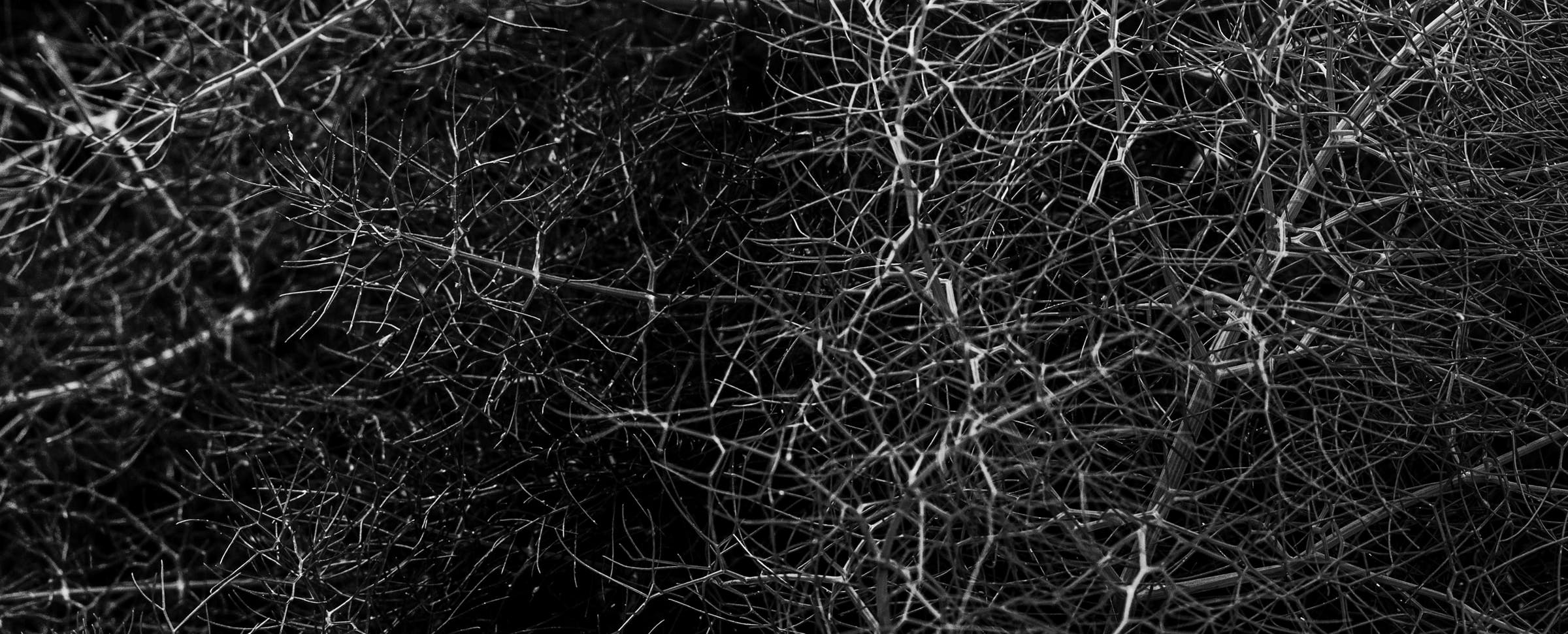Achieving excellence in any field is a time-consuming process. Here I share a few ideas about focusing, learning, and building good habits and the techniques helping me along the way.
About focusing and habits
 Let's start with a quote:
Let's start with a quote:
You become what you give your attention to.
-Epictetus
The stoic philosopher Epictetus invites us to analyze our attention habits carefully and intentionally select the contents we consume. This idea is critical in modern times where engagement is a form of currency, with both valuable and useless information entangled everywhere.
Building good habits in our distracted world is not easy. We turn to our phones to escape stressful situations, continuously check our email or instant messaging apps to stay connected, turn to multi-tasking to get more things done, and often overcommit. A fast response takes precedence over a meaningful answer in our always-online culture. These behaviors create feedback loops that lead to unfocused lives.
Breakthrough and long-term learning occur when we are focused. Our brains learn by creating links between neurons called synapses. Neurobiology research suggests that these connections strengthen when we concentrate, making that path more accessible next time it is needed.
Dividing our attention undermines our ability to learn, understand and solve complex problems as the brain has difficulty selecting which neural pathway to reinforce. Multi-tasking is not something humans do well; distractions are the enemy of value.
We create good habits when we focus on what we want to achieve and use the brain’s feedback loops to our advantage.
Here are a few steps to follow:
- Use mindfulness to start your daily routine with a clear mind; focus on being intentional and present during the day.
- Identify a few goals you want to accomplish that day.
- Use timeboxing to delineate your focusing schedule.
- Make sure your environment is supportive and free of distractions.
- Allow some time for unexpected events but be protective of your time.
If you want to learn more about focusing and building good habits, I recommend the following books: Deep Work by Cal Newport and Atomic Habits by James Clear.
About solving complex problems
 The techniques above will enable you to have timeslots available for concentrating, but we still need a strategy to put this time to good use. Let me introduce you to the Theory of Constraints and the Thinking Process by Eliyahu M. Goldratt.
The techniques above will enable you to have timeslots available for concentrating, but we still need a strategy to put this time to good use. Let me introduce you to the Theory of Constraints and the Thinking Process by Eliyahu M. Goldratt.
The Theory of Constraints asserts that every process has one top source of the slowdown, preventing higher output levels. This idea applies to the systems and projects we manage at work and in our personal lives.
The objective is to identify this bottleneck and its cause-effect relation with the other system components, solve it, then establish a continuous improvement process.
To understand the root cause of each situation you encounter and a path forward, focus on answering the following questions:
- What is your goal?
- What is preventing you from getting there?
- What needs to change?
- What should be the new behavior?
- How can we cause that change to happen?
- How can you ensure other processes support the proposed changes?
The bottleneck controls the output of the system. Spending effort on non-bottlenecks items is a waste of time, as the system will not get significantly better by our actions.
In summary
- You become what you focus on; that is how you create habits (good or bad).
- Use mindfulness as a tool to start work with a clear mind. Be present and intentional with your actions.
- Remove distractions and focus on the task at hand to help create more robust neural paths.
- Identify the most critical issue causing slowdowns and process bottlenecks.
- Understand the procedures leading to that outcome. Answer the Thinking Process questions.
- Think deeply about a solution and ensure that other processes align to support your plan.
- After completing these steps, repeat them with the following weakest link. Make this process a habit.
I leave you today with a final quote:
One who wishes to protect his practice
Should be careful to protect his mind.
If one does not protect one’s mind
It is impossible to protect one’s practice.
-Shantideva, Indian philosopher and Buddhist monk
If your goal is to achieve excellence, I encourage you to reserve time to focus and concentrate on the systems instead of the results.


